(July 27, 2022) In a fireside chat with Satya Nadella, when Jayshree Ullal brought up the topic of leadership, Nadella quickly responded that he finds people like her, who have created massive organisations out of nothing, inspirational and that he learns quite a lot by watching such leadership.
Since the time Jayshree joined as the CEO and president of the then newly launched Arista Networks in 2008, she has nurtured the organisation into a global leader in networking technology. An American computer networking startup with just 50 employees and pretty low revenue, Arista Networks blossomed into a specialised market leader in the area of open-source cloud software and Ethernet switches. Under Jayshree’s leadership, the company went public and launched its Initial Public Offering (IPO) on the New York Stock Exchange in 2014. It has scaled up to an employee strength of close to 3,000 and a revenue of $2.95 billion as recorded in 2021. Global Indian turns its spotlight on the quintessential woman in STEM.
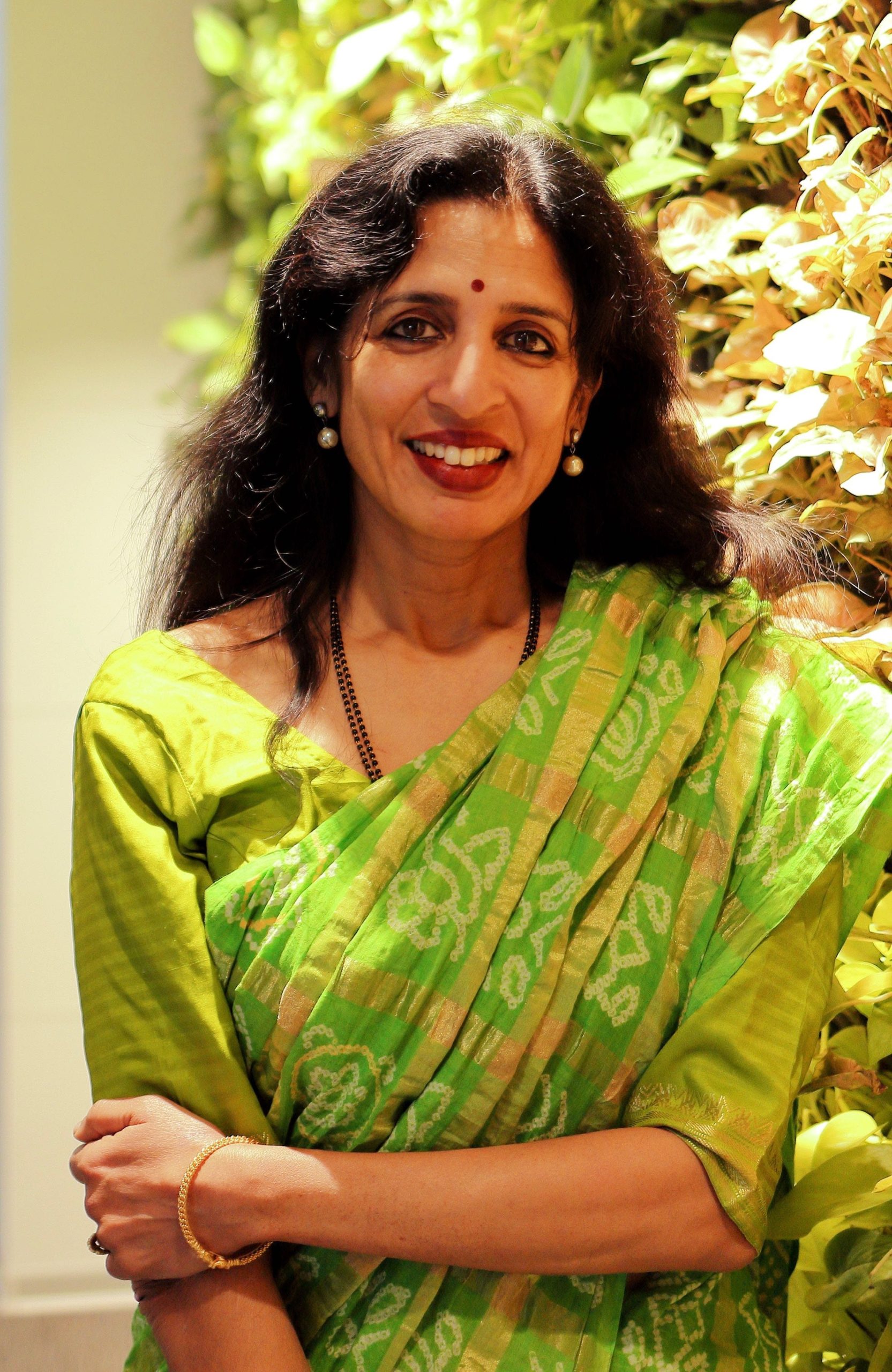
Jayshree Ullal, CEO, Arista Networks
From London to India to the USA
Born in London to physicists Sudarajan and Nirmala Vedantham, Jayshree moved to India as a five-year-old. She studied at the Convent of Jesus and Mary, Delhi — an all-girls school with an inclination towards math and science, in contrast to the popular choice of her classmates.
Right after completing her high school, she moved to the US, where her father was transferred. She chose San Francisco State University for her degree in electrical engineering. However, interestingly, she was among the only two girls in the class of 70. Unfazed by this gap, she continued pursuing what she loved and went on to get her master’s degree in engineering management from Santa Clara University, California.
To ensure that there are more women in the sphere of technology, in an interview with BusinessLine, she said:
“We should encourage girls to pursue science and math in their early school years and must not let them opt out.”
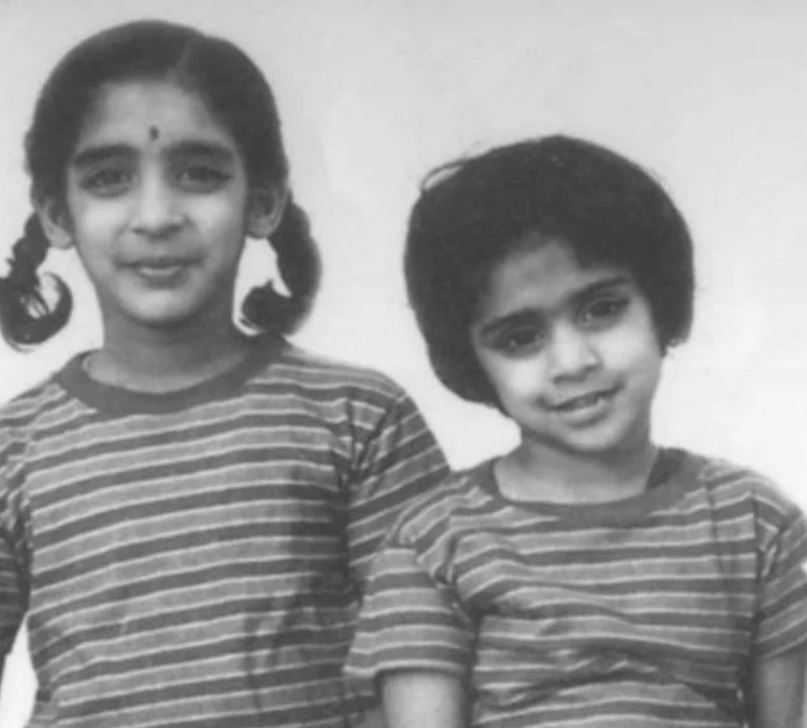
Jayshree Ullal with her sister when they were kids
Broadening the skill set
Starting her career in the 1980s with Advanced Micro Devices, Jayshree went on to work for organisations like Fairchild Semiconductor and Ungermann-Bass. She moved up the ladder at Crescendo Communications, where she became vice president of marketing, having broadened her skills to transform herself into an engineer with a knack for marketing.
When Tom Mendoza, former president and vice chairman of the pioneering data management company NetApp, conducted a virtual conversation with her for his webinar series, Jayshree gave solid advice for aspiring professionals and students. “In today’s world, interdisciplinary fields are more important than ever,” she mentioned.
Recommending to not just seek what one’s gift is, but also to know how one can connect the dots between one’s gift and other areas, she said:
“If you’re in engineering, you might have to learn some business. If you’re in computer science, you might want to learn something about data science and analytics. If you’re in marketing, you might want to study how lead generation is done today.”
In 1993, Cisco Systems purchased Crescendo Communications, and Jayshree became an integral part of the tech giant, overseeing more than 20 mergers and acquisitions in her journey to becoming senior vice president of the organisation. She invested 15 years of her career polishing her leadership skills at Cisco when the initial contract with the organisation was just for two years.
Setting the benchmark
Later, Jayshree Ullal took charge as the top executive of Arista Networks and added her own touch of leadership to the organisation with the notion that neither two CEOs nor two companies and their business models are alike, and hence, working with one’s own trademark leadership style, fine-tuning it with the nature of the business, is something that is going to help the organisation thrive. Arista Networks thrived, indeed becoming a game changer under Jayshree’s leadership.
According to reports, the Indian-origin CEO with an entrepreneurial bent of mind owns about 5 percent of Arista’s stock and has a net worth of close to $2 billion as of 2022. She has also joined the board of directors of Snowflake, a cloud computing company that went public in September 2020.
The value of human connections
The leader, who has constantly defied norms, strongly believes in a support system – be it family at home or colleagues at work. The mother of two has always credited the support of her husband, Vijay Ullal, her parents, sister and her spouse for her successful innings as a top business executive. “Not trying to be perfect all the time, being realistic” and “to be able to make trade-offs” are some of her winning mantras for sailing successfully in both worlds.
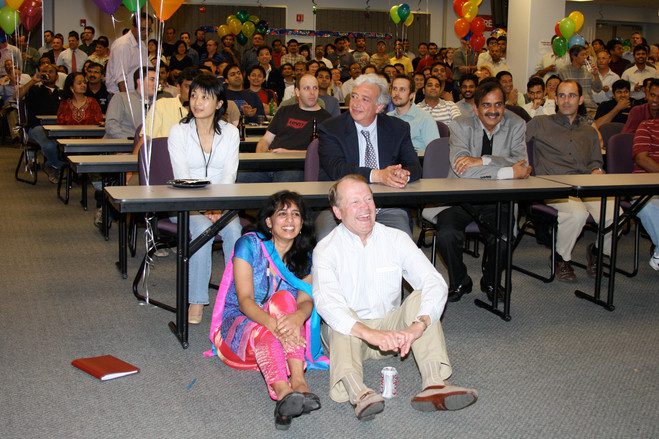
Jayshree has always voiced the significance of identifying the special gift that we possess, creating one’s own turning points, and valuing the human connections in the journey of life.
Some of the awards and recognition that have come her way:
- Ernst & Young bestowed her with the Entrepreneur of the Year award in 2015.
- She was recognised as one of Barron’s World’s Best CEOs in 2018.
- She was recognised as one of the Top 50 Most Powerful Women in Technology by the California Diversity Council in 2018.
- She became one of Fortune’s Top 20 Business Persons in 2019.
- In the list of 100, she appears on 15th position on Forbes 2022 America’s Richest Self-Made Women
Follow Jayshree Ullal on LinkedIn

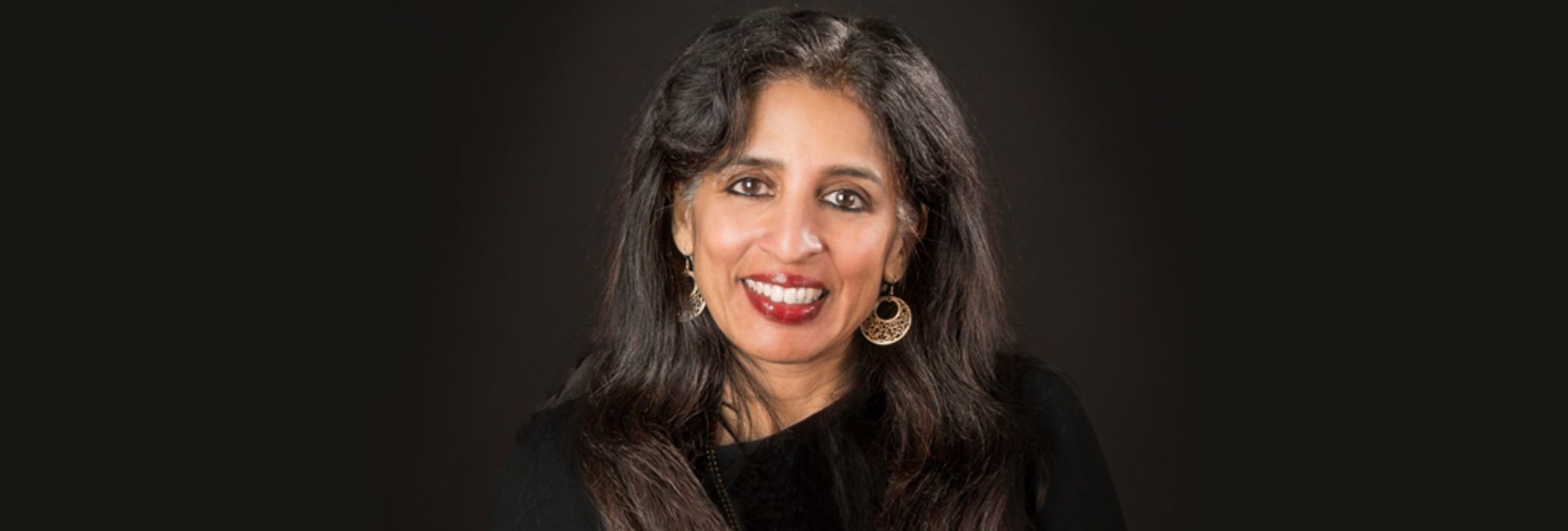
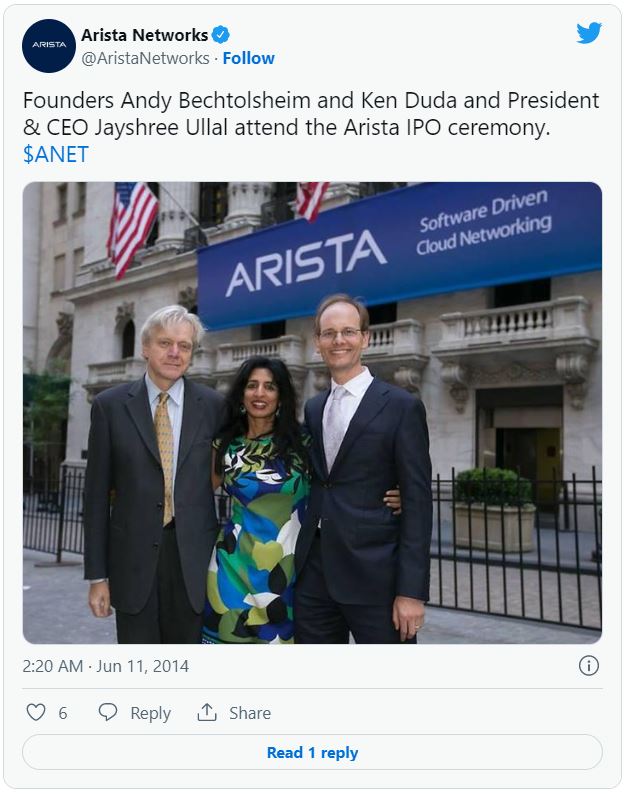

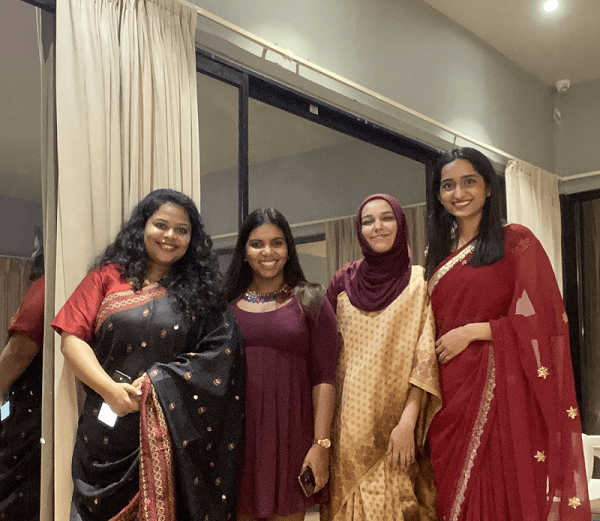 Dr Ruha Shadab with her Led By foundation team[/caption]
Dr Ruha Shadab with her Led By foundation team[/caption]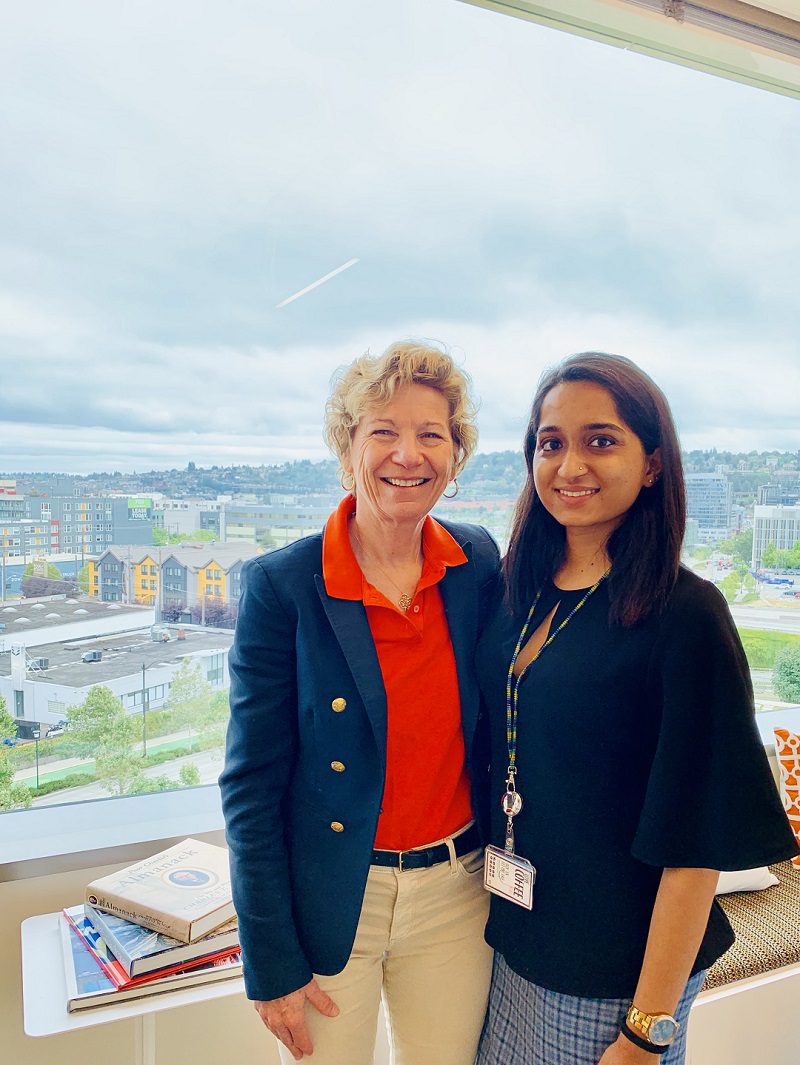 Dr Ruha Shadab with the CEO of Gates Foundation[/caption]
Dr Ruha Shadab with the CEO of Gates Foundation[/caption]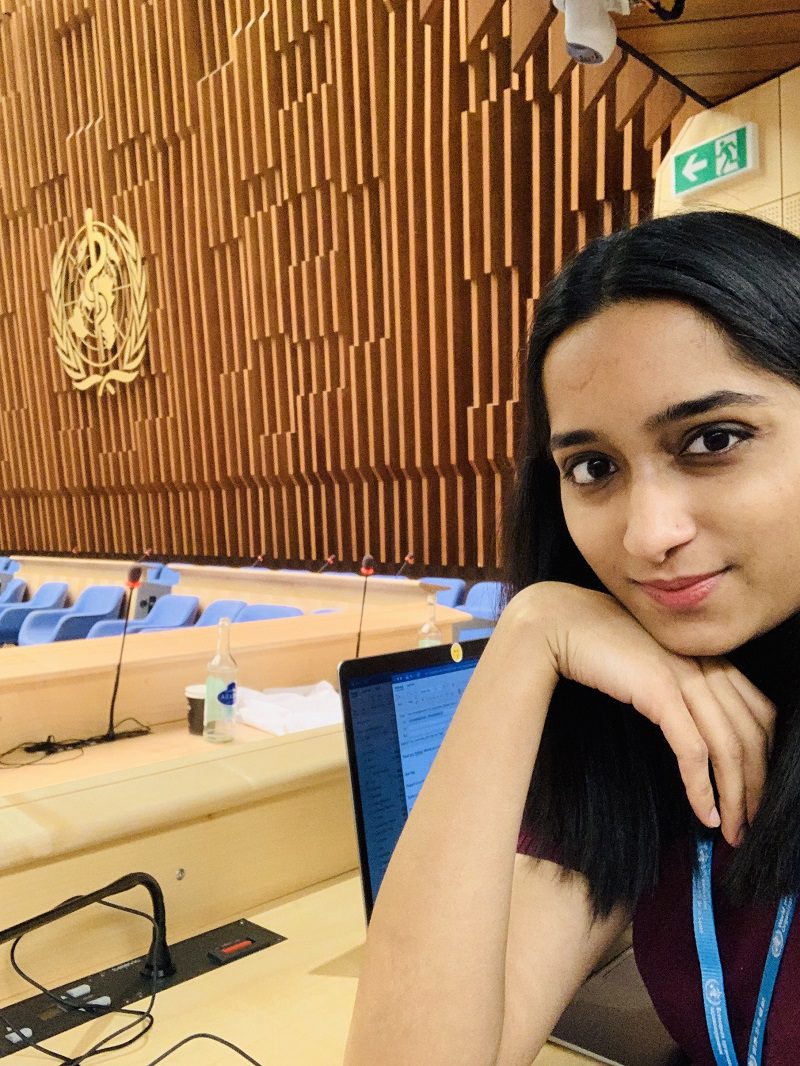 Dr Ruha Shadab at WHO[/caption]
Dr Ruha Shadab at WHO[/caption]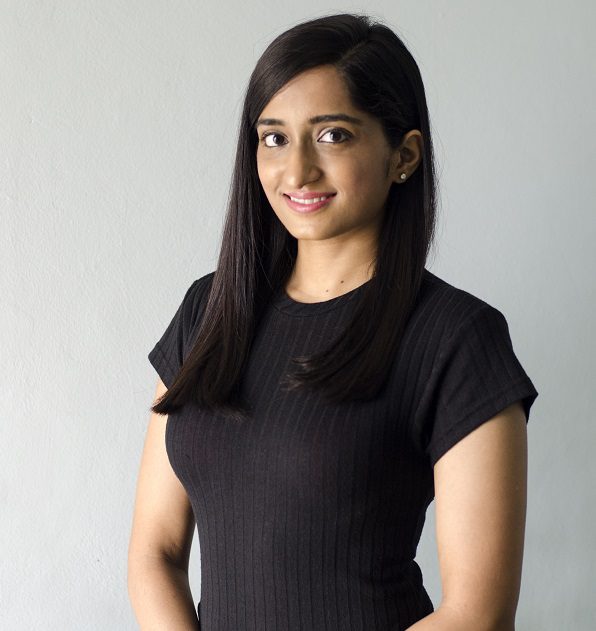 Dr Ruha Shadab[/caption]
Dr Ruha Shadab[/caption]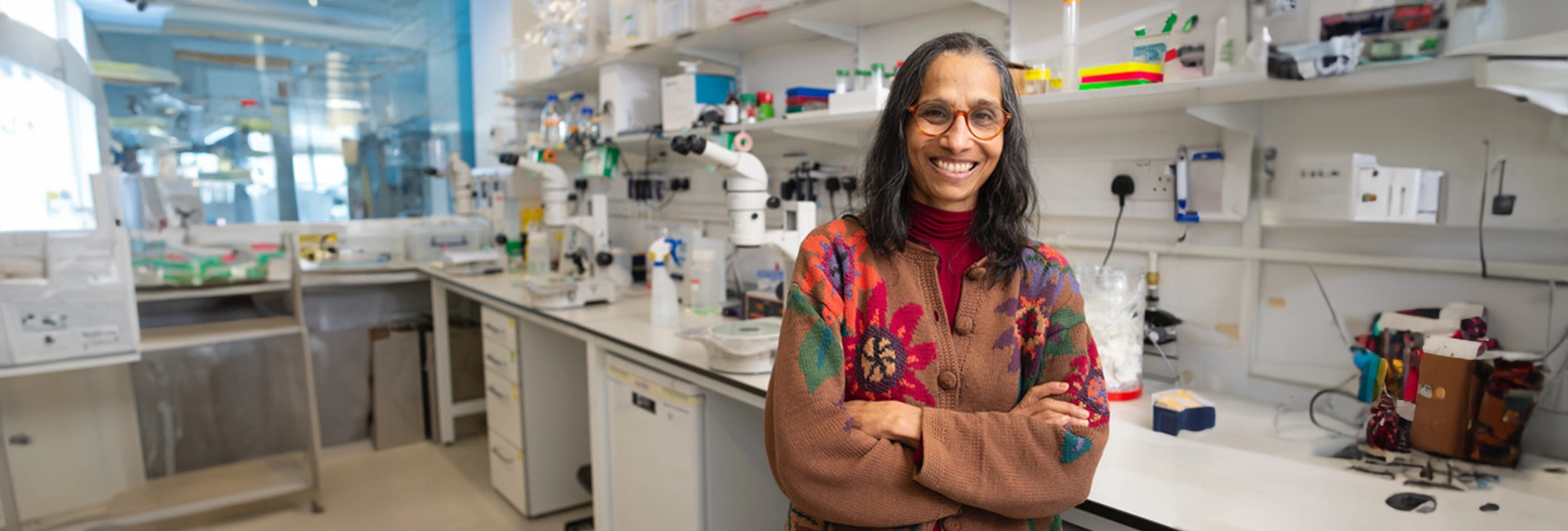
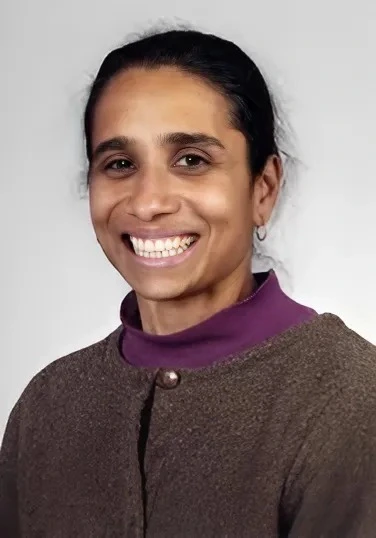
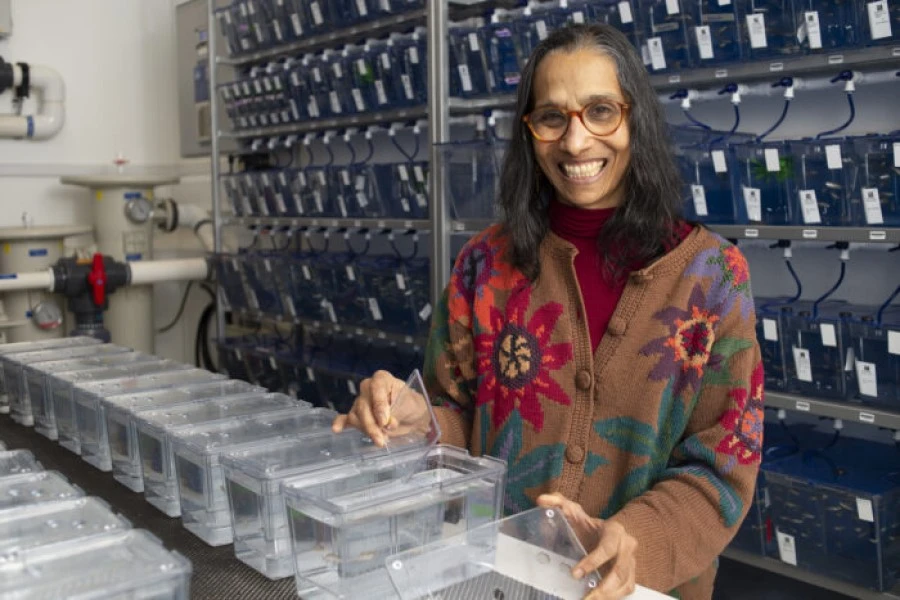
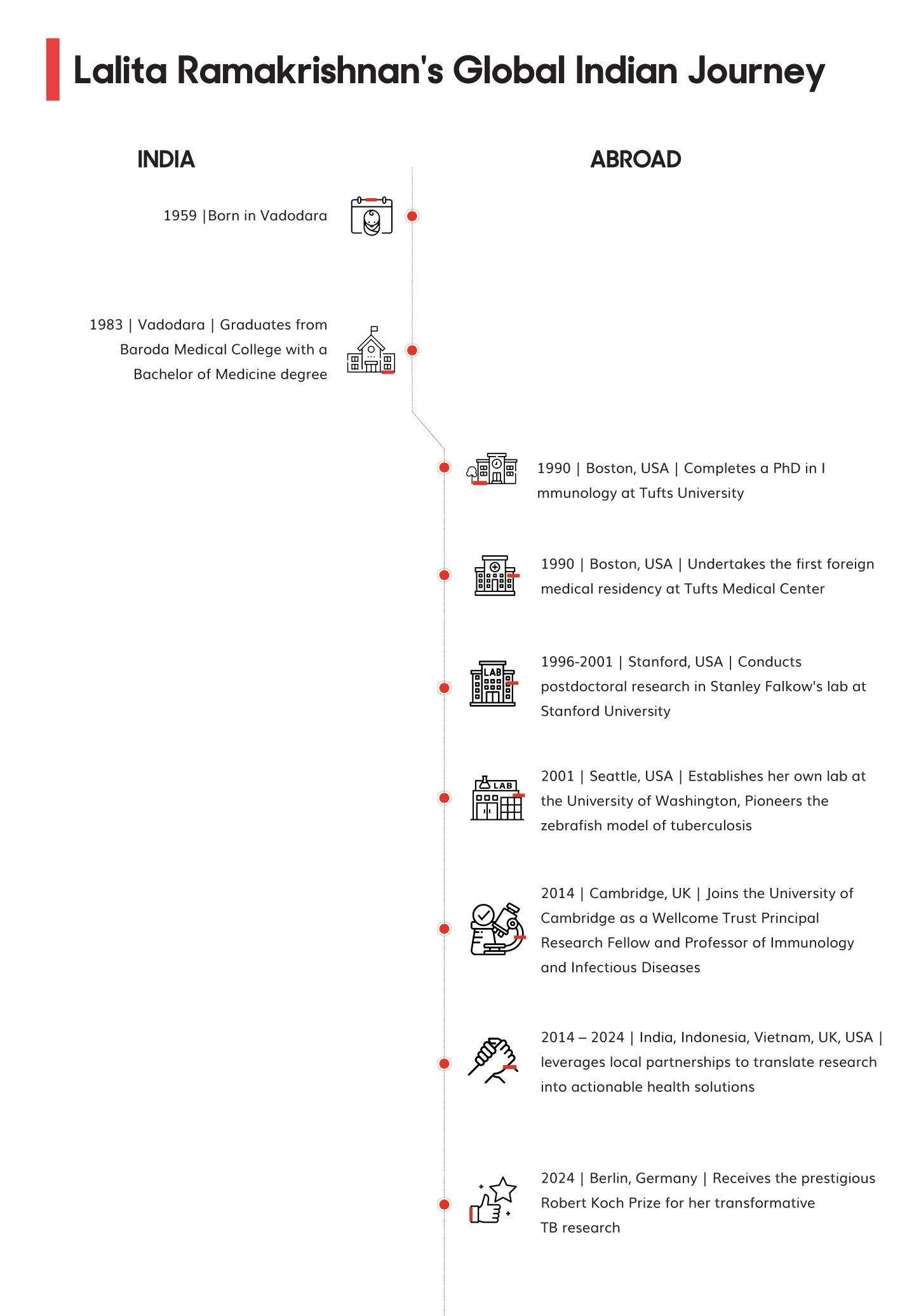
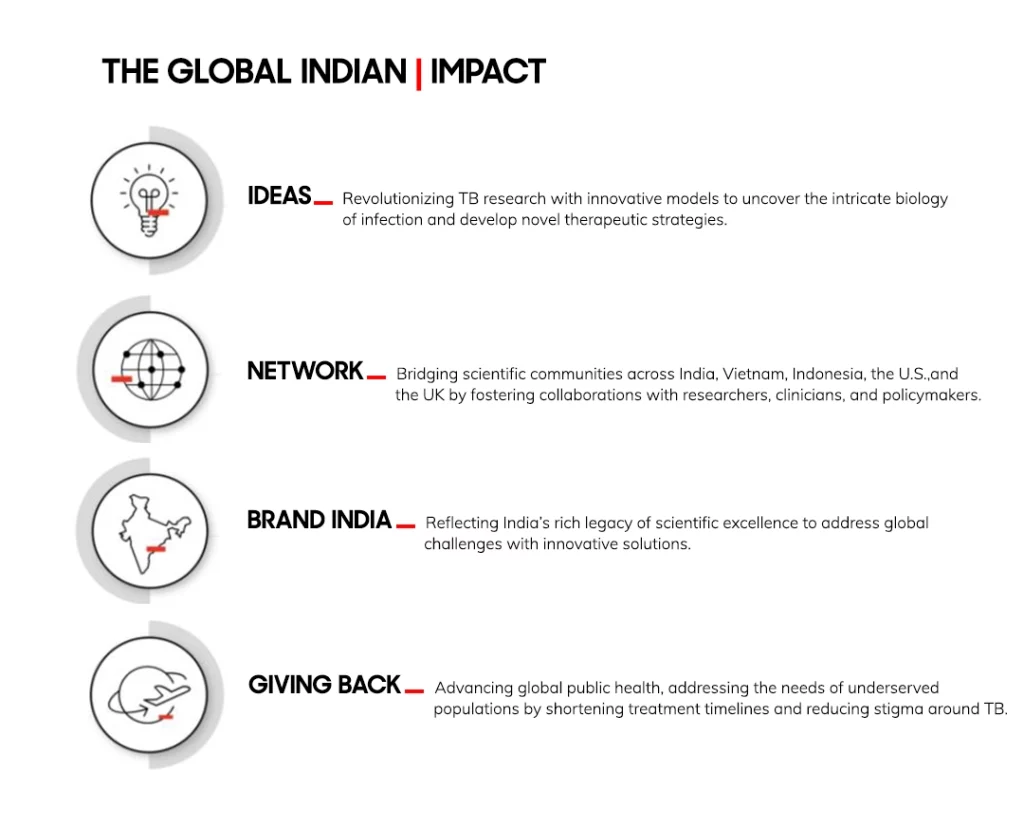
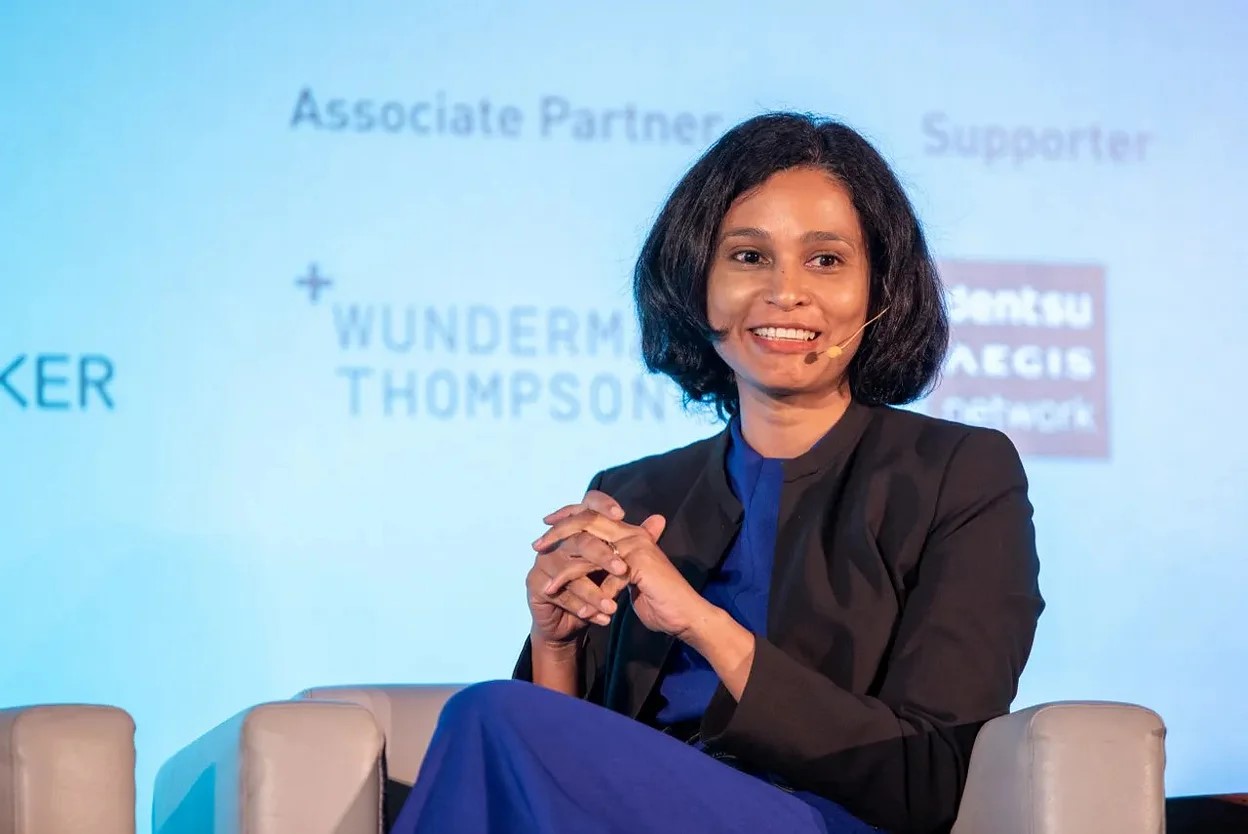 Sandhya Devanathan, Vice President, Meta India[/caption]
Sandhya Devanathan, Vice President, Meta India[/caption]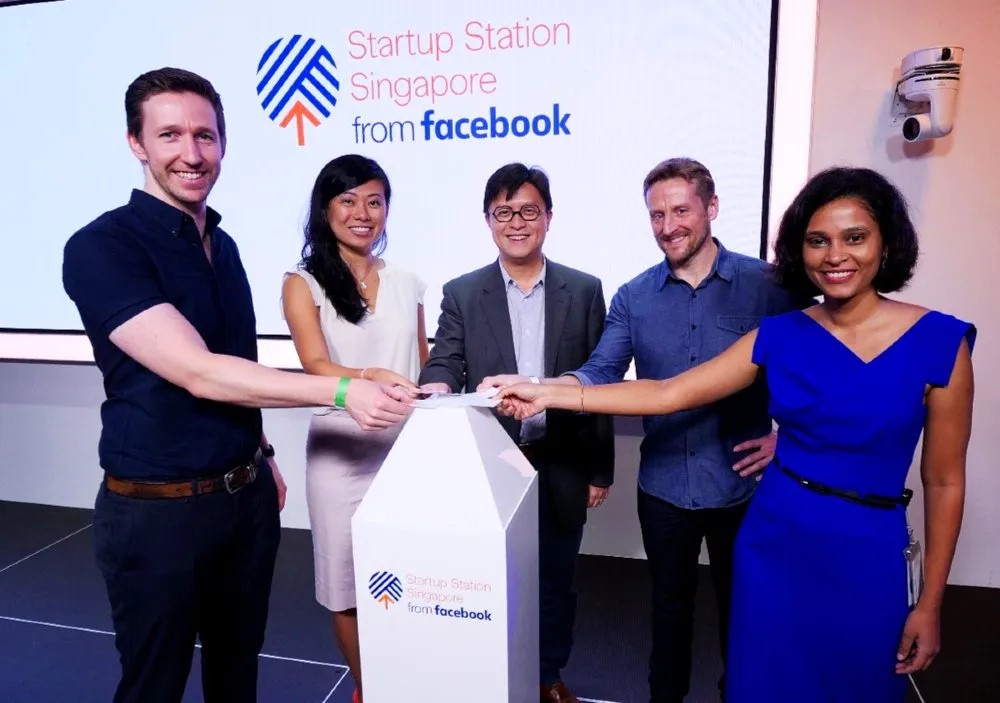

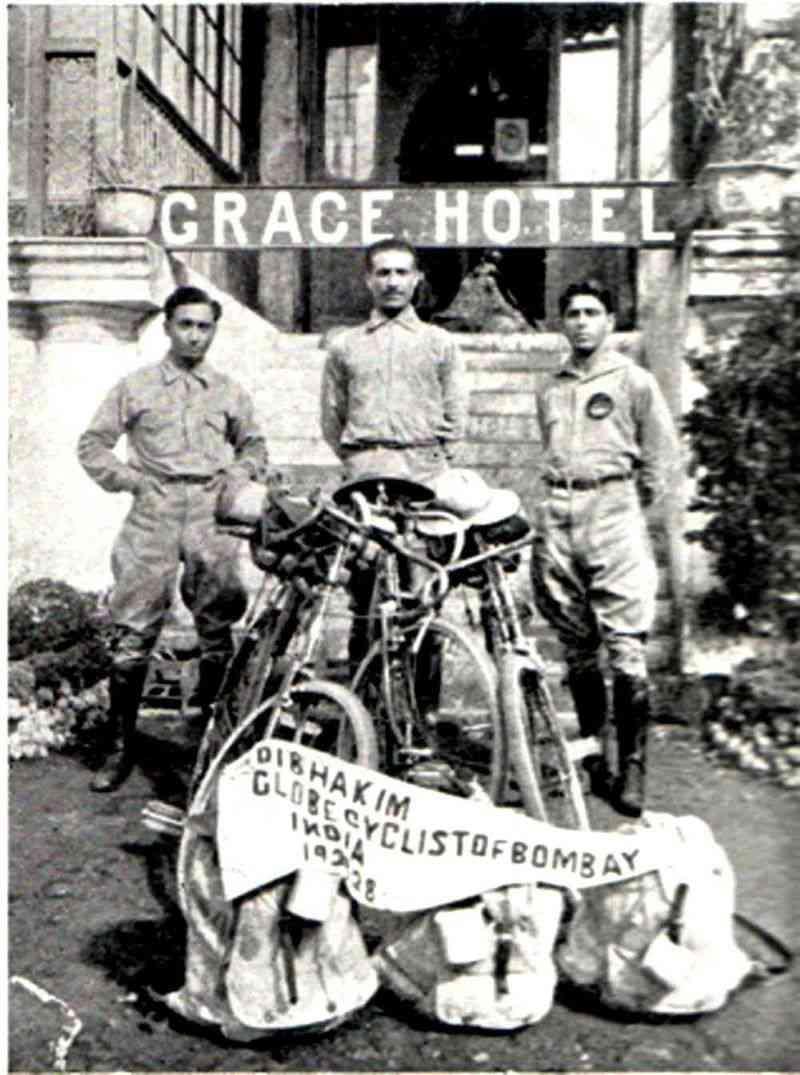 Adi Hakim, Jal Bapasola and Rustom Bhumgara in Ooty.[/caption]
Adi Hakim, Jal Bapasola and Rustom Bhumgara in Ooty.[/caption]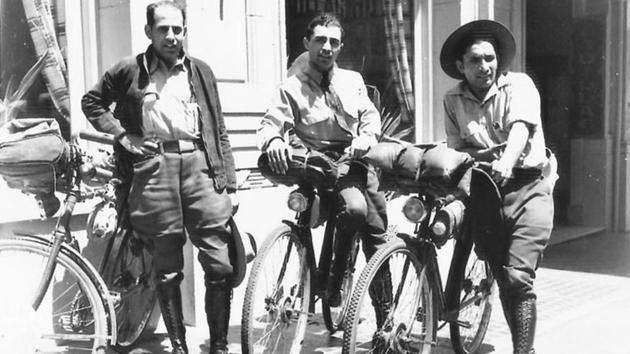
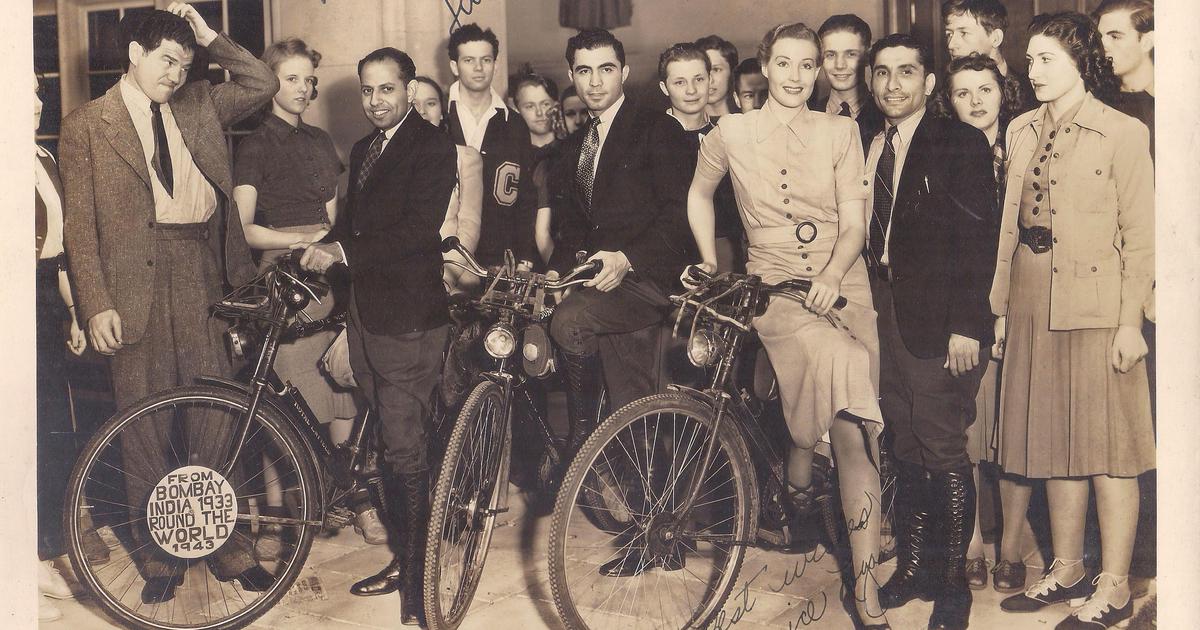
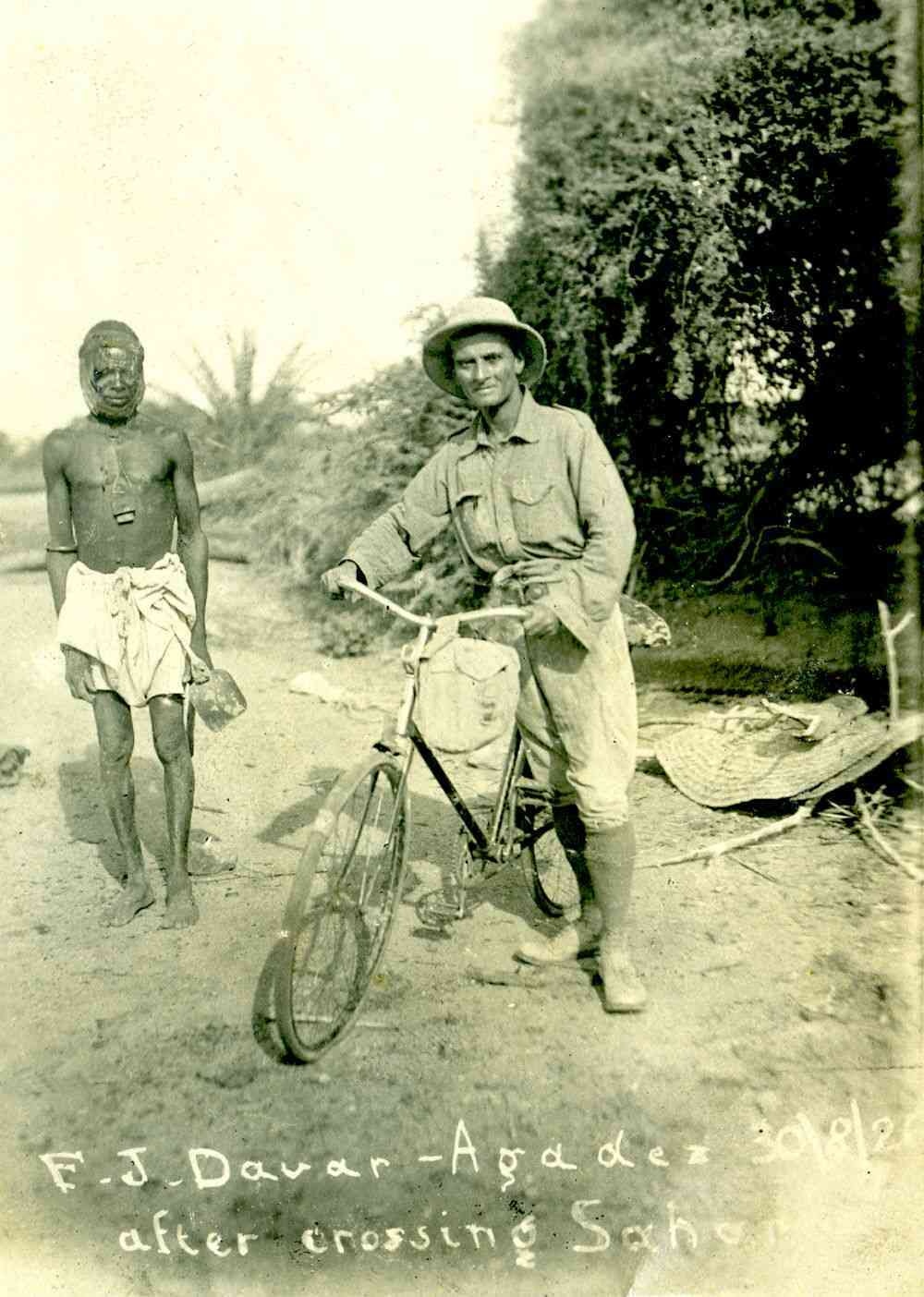 Framroze Davar at Sahara desert[/caption]
Framroze Davar at Sahara desert[/caption]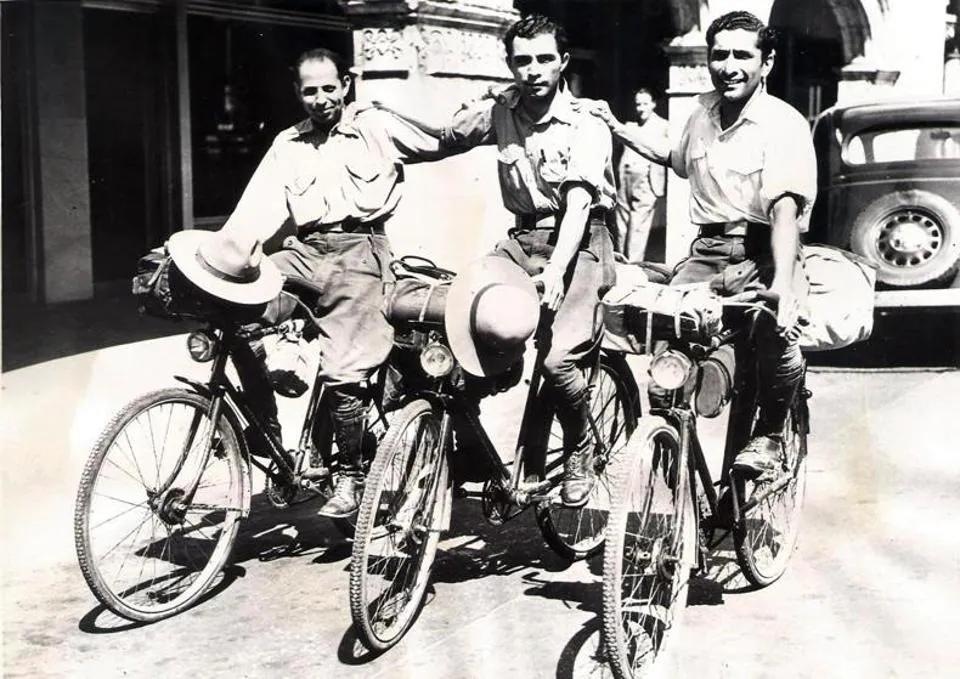 Keki Kharas, Rustam Ghandhi and Rutton Shroff in New York[/caption]
Keki Kharas, Rustam Ghandhi and Rutton Shroff in New York[/caption]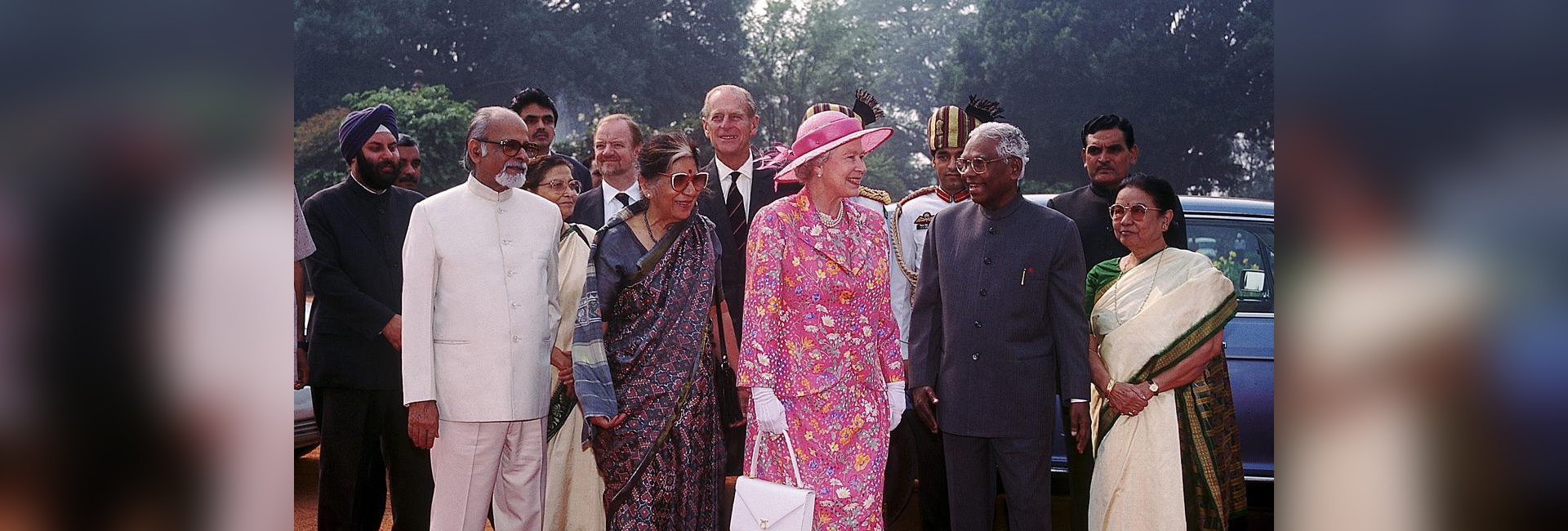
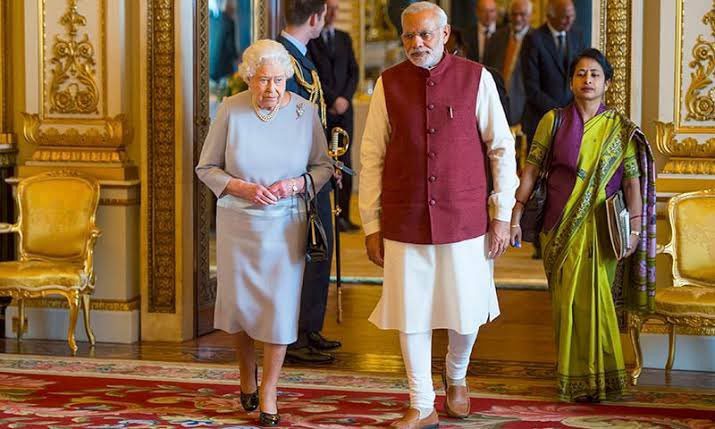 Queen Elizabeth II with PM Narendra Modi. Photo:
Queen Elizabeth II with PM Narendra Modi. Photo: 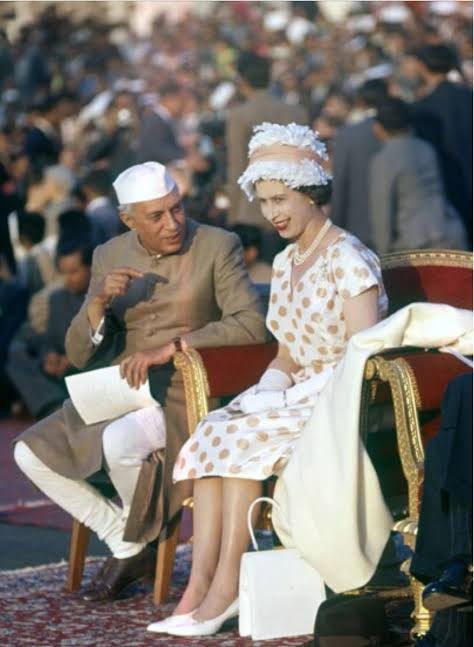 The Queen with former Prime Minister Jawaharlal Nehru at the Republic Day Parade, 1963[/caption]
The Queen with former Prime Minister Jawaharlal Nehru at the Republic Day Parade, 1963[/caption]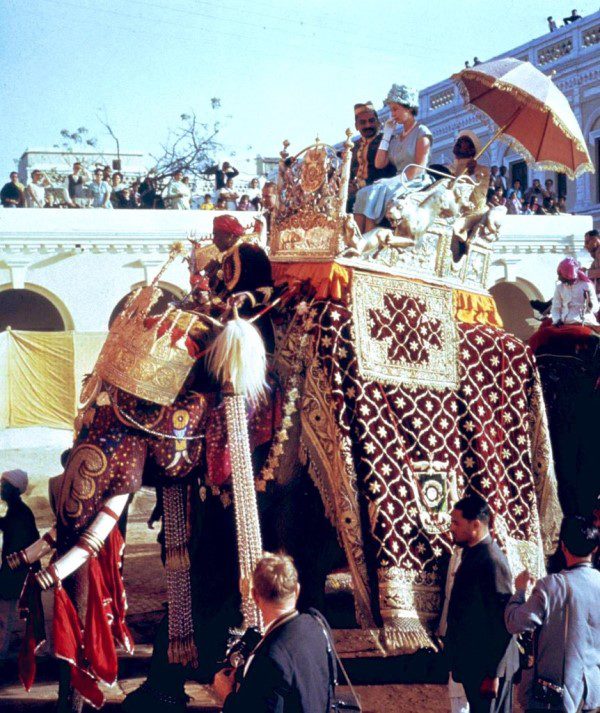 Atop an elephant in Benares[/caption]
Atop an elephant in Benares[/caption]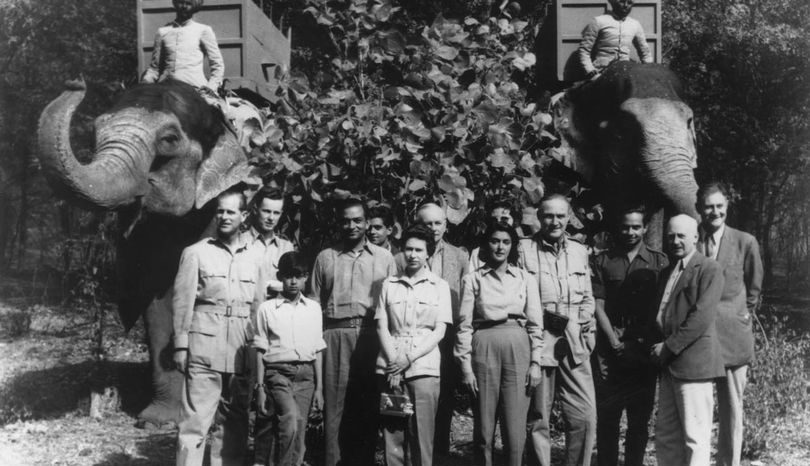 After the controversial tiger hunt in Jaipur[/caption]
After the controversial tiger hunt in Jaipur[/caption]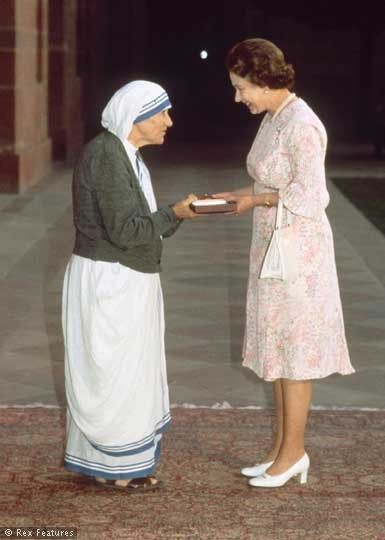
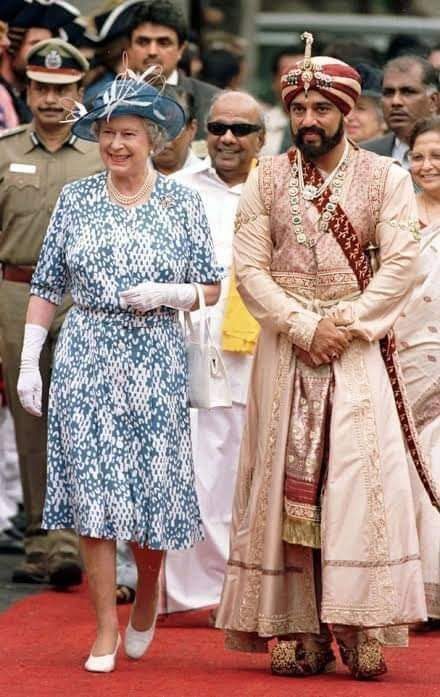 Her Majesty with Kamal Haasan during the shooting of Marudhanayagam[/caption]
Her Majesty with Kamal Haasan during the shooting of Marudhanayagam[/caption]